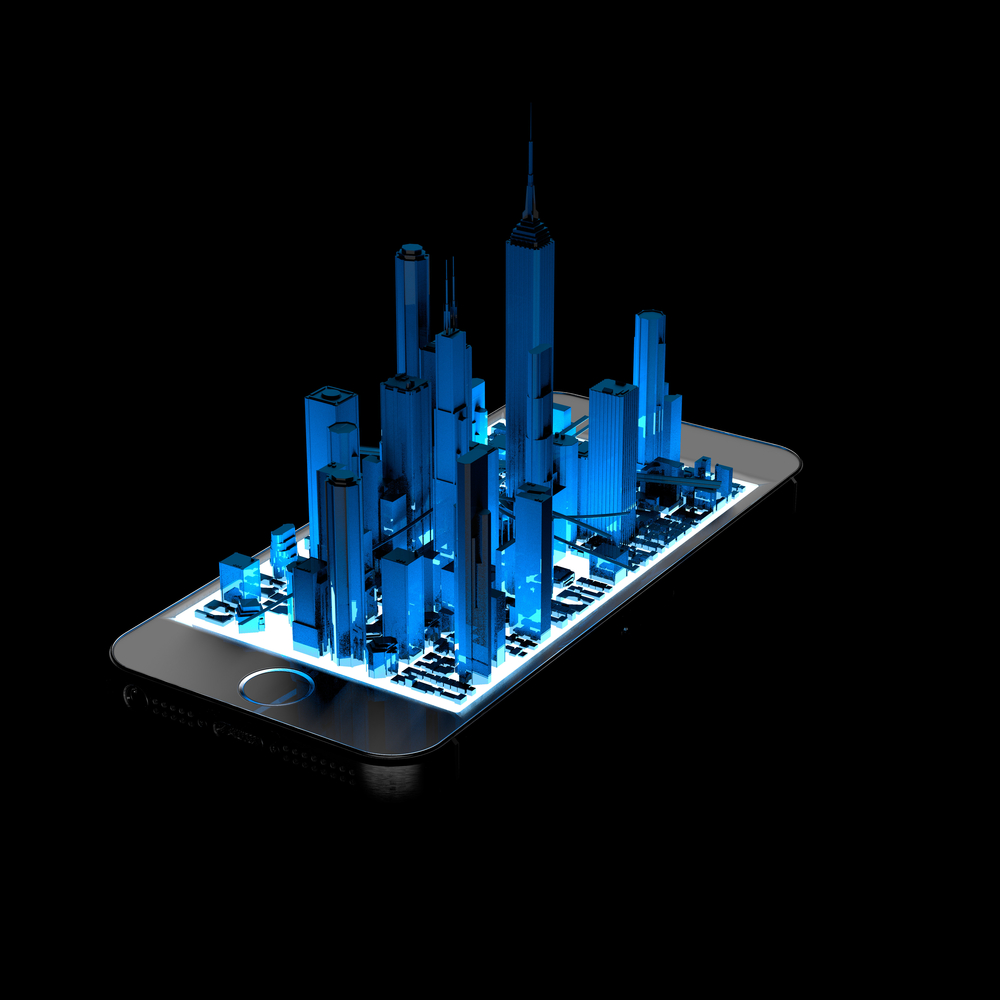
Who Are Citizen Developers and Why They Matter?
According to Techopedia, an IT education site that aims to provide insight and inspiration to IT professionals, “A Citizen Developer refers to an end user who creates new applications or programs from a corporate or collective code base, system or structure. In a general sense, this developer is not a professional developer who is paid to code applications, but an “amateur,” someone who uses the tools available to him/her for building applications that his/her team can or will use during the course of their work.”In other words, Citizen Developers are problem-solvers with a varied set of skills, most of which don’t have anything to do with traditional coding. The term has been floating around for a while, but it’s only with the influx of modern rapid development tools that we begin to see how it will impact businesses around the world in a very near future.
Karen Devine, vice president of marketing at QuickBase, says, “There’s such a big skills gap in the marketplace and so much competition for the opportunities in the coding space. But what we were surprised to find is that only 8 percent of the respondents say they have formal coding experience, but nearly 70 percent develop apps as part of their day job.”
According to a 2015 Gartner report titled Citizen Development is Fundamental to the Digital Workplace, at least 70% of large enterprises will have established successful Citizen Development policies by 2020. That’s a considerable increase, given that only 20% had these policies in 2010.
The report also found that most organizations leveraging Citizen Development ranged from small and mid-sized enterprises. In fact, 37% were from companies with less than 100 employees, and 35% were from companies with 100 – 5000 employees.
The biggest player in this landscape is QuickBase, a low-code application development platform provider headquartered in Cambridge, Massachusetts. In her interview for Forbes, Allison Mnookin, CEO of QuickBase, went on to say that “The low code market has finally arrived.”
With QuickBase, non-technical business users are empowered to create and customize secure cloud applications that can solve unique business challenges without compromising IT governance and control. “92% of QuickBase Citizen Developers have no coding background,” said Mnookin.
The only technical skills Citizen Developers need is the ability to mix and match various existing technological solutions and use them to solve previously identified problems and inefficiencies. Typical problems that users of QuickBase solve revolve around Excel files and Microsoft Access databases.
Companies who encourage their employees to take a pro-active role in software development reap multiple benefits. “We don’t have to interrupt our IT department to build an application. We just need a good idea, collaboration from the end users and some productive quiet time,” says Bruce Squibb, senior director of program development, Sodexo. As such, the total operation efficiency greatly increases, boosting ROI and reassuring employees that their work produces noticeable outcomes that benefit the whole company.
Of course, larger enterprises don’t expect that employees without deep IT knowledge would build and maintain mission-critical applications or integrate their compartmentalized solutions into the company network. Trained technical personnel is still expected to assist with these tasks. According to Gartner Research VP Mark Driver, the sweet spot for citizen development is for simple applications that are stand-alone and not mission critical.
But in the world where the foundational infrastructure is often outsourced to third-party companies, it’s precisely the non-critical stuff that matters and influences how employees accomplish their daily goals and how the company as a whole deals with upcoming challenges. As such, the role of Citizen Developers will only rise in importance, as the technology behind it improves over time.



